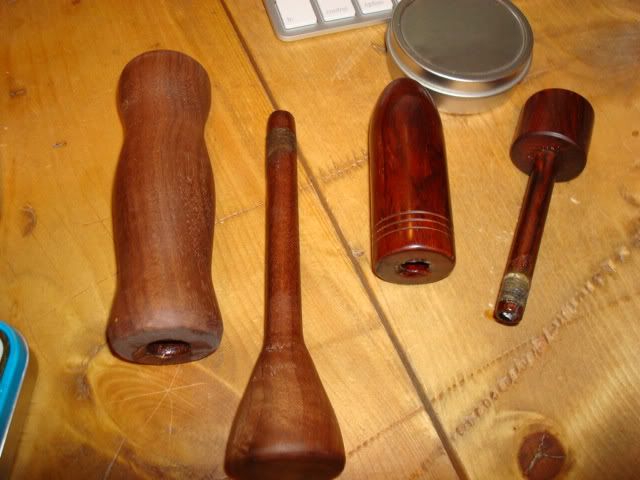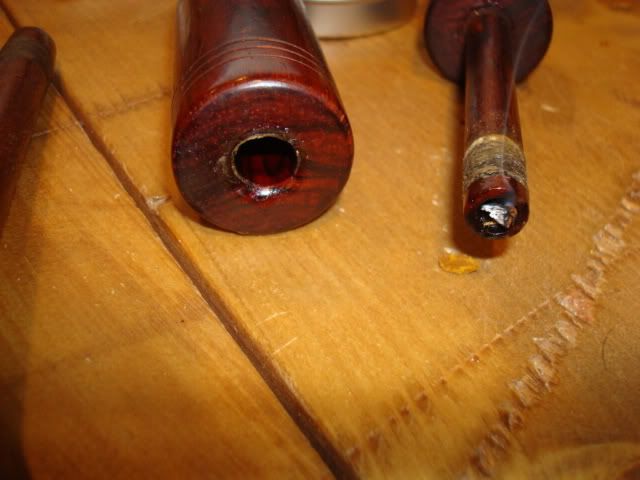Bill: My fire piston, made from Lucite, may suggest the fix to your problem. I have drilled lots of holes in lucite, and you can't see Thru, or into the hole when its Just drilled. My lucite FP is clear enough that you can see the ember at the end of the piston through the side wall of the FP.
I believe the maker is using a reamer to polish the walls of the cylinder, to increase the amount of chamber pressure as the piston is shoved down the cylinder with a sharp blow. Otherwise, I can't excplain how it is that you can see right through the cylinder wall.
MY FP has an o-ring around a plastic shaft, with a hollow in the end in which to put fire tinder, or charred cloth. I am not sure that it would not work even better with Two O-rings around the shaft- spaced only a short distance apart.
The more you seal the end of the piston to keep air from escaping around the piston shaft, the easier it is to raise the temperature high enough to ignite your tinder.
I have seen a piston with braided string wrapped around the shaft in a shallow groove, to keep the string from moving, and it worked, too. The guy who had it said he put Vasoline on the string to improve the "seal".
What I can see happening if any kind of thick grease is used, is that the pores of the wood FP will be filled with the grease, and allow much less air to escape around the pistons. I don't know how much help putting grease on string would be, but it can't hurt. :hatsoff:





